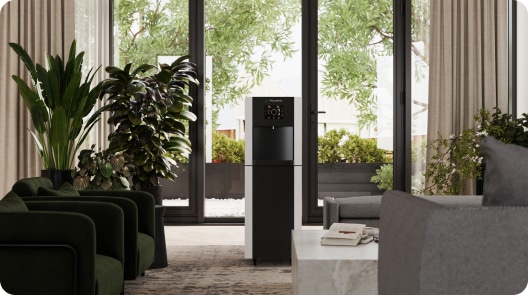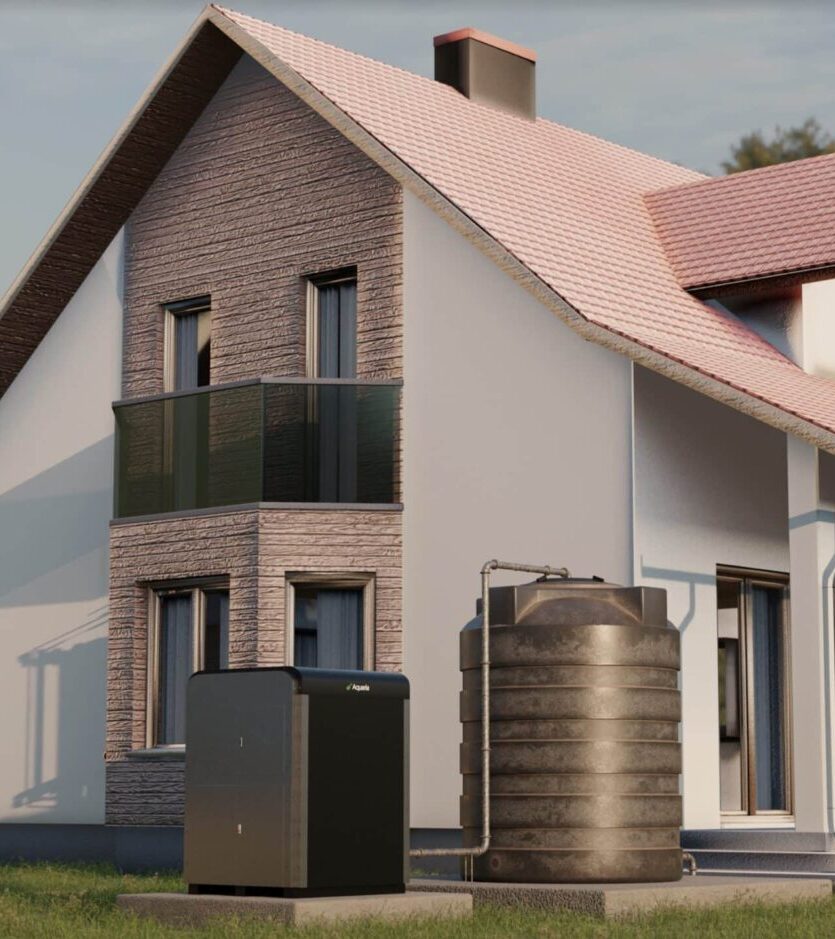Can You Make Water from Air?

It sounds like something straight out of a science fiction movie, but it’s actually possible with the help of a device called an atmospheric water generator (AWG). An AWG is a commercial or industrial appliance that takes in air and humidity and produces potable water.
While the technology behind AWGs has been around for decades, it’s only recently that they’ve become more affordable and accessible for use at home. And with climate change causing global droughts and water shortages, an AWG (also known as a dew condenser) could be a life-saving appliance for some people.
How Does an Atmospheric Water Generator Work?
An atmospheric water generator works by taking in air and extracting the water vapor present in it. The water vapor is then condensed and filtered to produce clean drinking water.
While the principle behind an AWG is simple, the technology is fairly complex. The device needs to be able to extract water vapor from the air, which isn’t always easy depending on the humidity levels. And the water produced needs to be of high enough quality to be safe for drinking.
That said, there are a few different types of AWGs on the market, each with its own strengths and weaknesses.
What is the Main Source of Water Vapor in the Atmosphere?
Water vapor is the main source of water in the atmosphere. It’s present in the air we breathe and is responsible for the Earth’s water cycle.
While water vapor is invisible to the naked eye, it’s actually a gas that’s constantly present in the air around us. When the air is warm, the water vapor expands and when it’s cold, the water vapor contracts.
The amount of water vapor in the air is known as humidity. And the amount of water an AWG can produce depends on the humidity levels. In general, higher humidity levels mean more water vapor and therefore more potential for an AWG to produce water.
Types of Dew Condensers
There are two main types of dew condensers:
1. Passive
Passive dew condensers rely on the natural temperature difference between the air and water to condense water vapor. They’re typically smaller units that are less expensive to operate but have a lower output than active AWGs.
2. Active
Active dew condensers consist of your standard AWG, which uses a refrigeration system to cool a surface, causing water vapor in the air to condense on it. They range from home-based units that can produce 1 to 20 liters of water per day to commercial-scale units capable of 1,000 to 10,000+ liters per day. These units are more expensive to operate but can produce a higher quantity of water.
Does an Atmospheric Water Generator Produce Safe Drinking Water?
The answer to this question depends on the type of AWG you’re using. Passive dew condensers don’t typically include filtration systems, so the water they produce may not be safe to drink without additional treatment. Active dew condensers, on the other hand, typically include filtration systems that remove impurities from the water, making it safe to drink.
Ready to Explore Your Off-Grid Water Options?
If you’re interested in exploring your off-grid water options, an atmospheric water generator could be a good option for you. While they’re not cheap, they are becoming more affordable and can be a lifesaver in a water emergency.
At Aquaria, we stand by our commitment to helping you find the best off-grid water solution for your needs. If you have any questions about AWGs or other off-grid water options, our team is here to help. Get a quote today to learn more.


